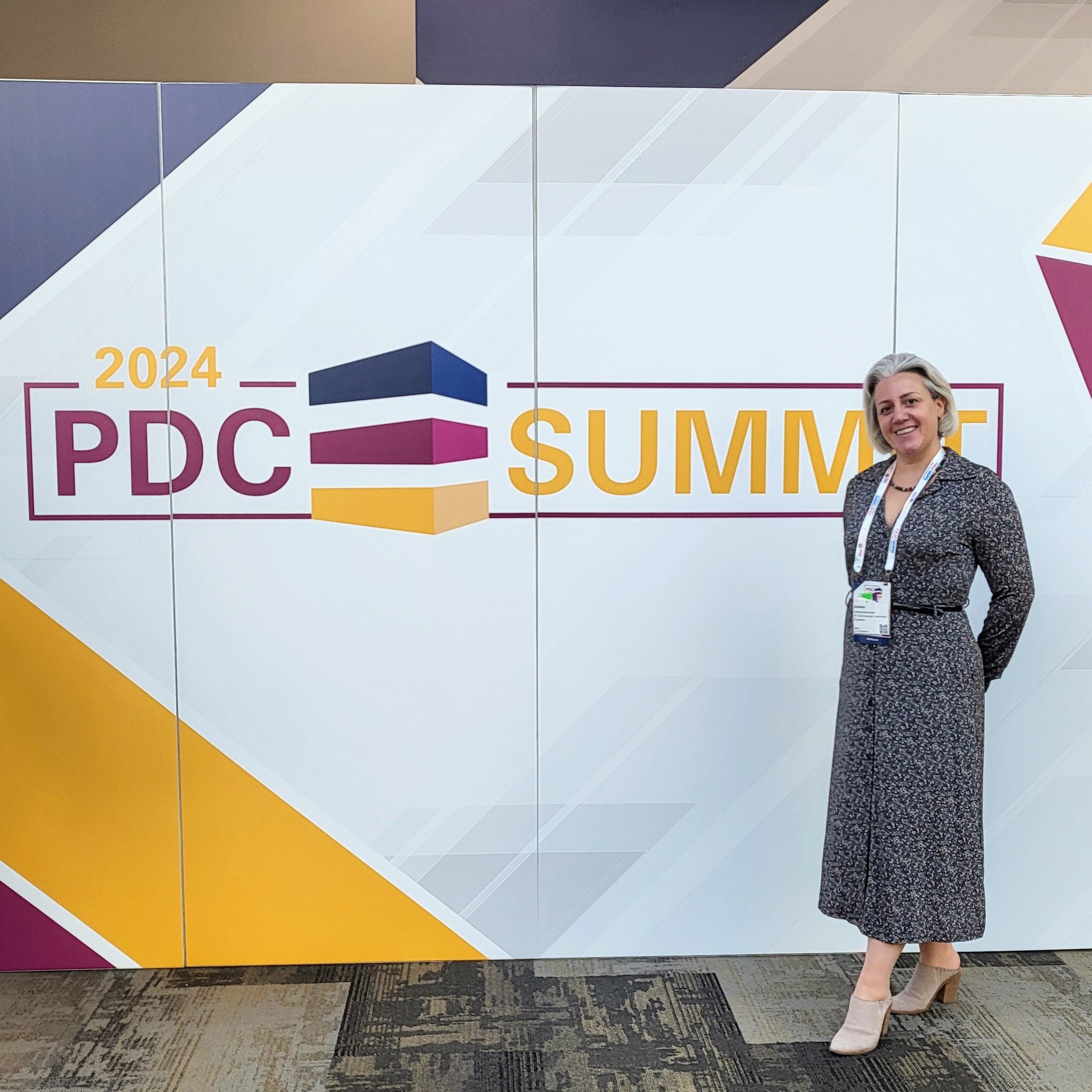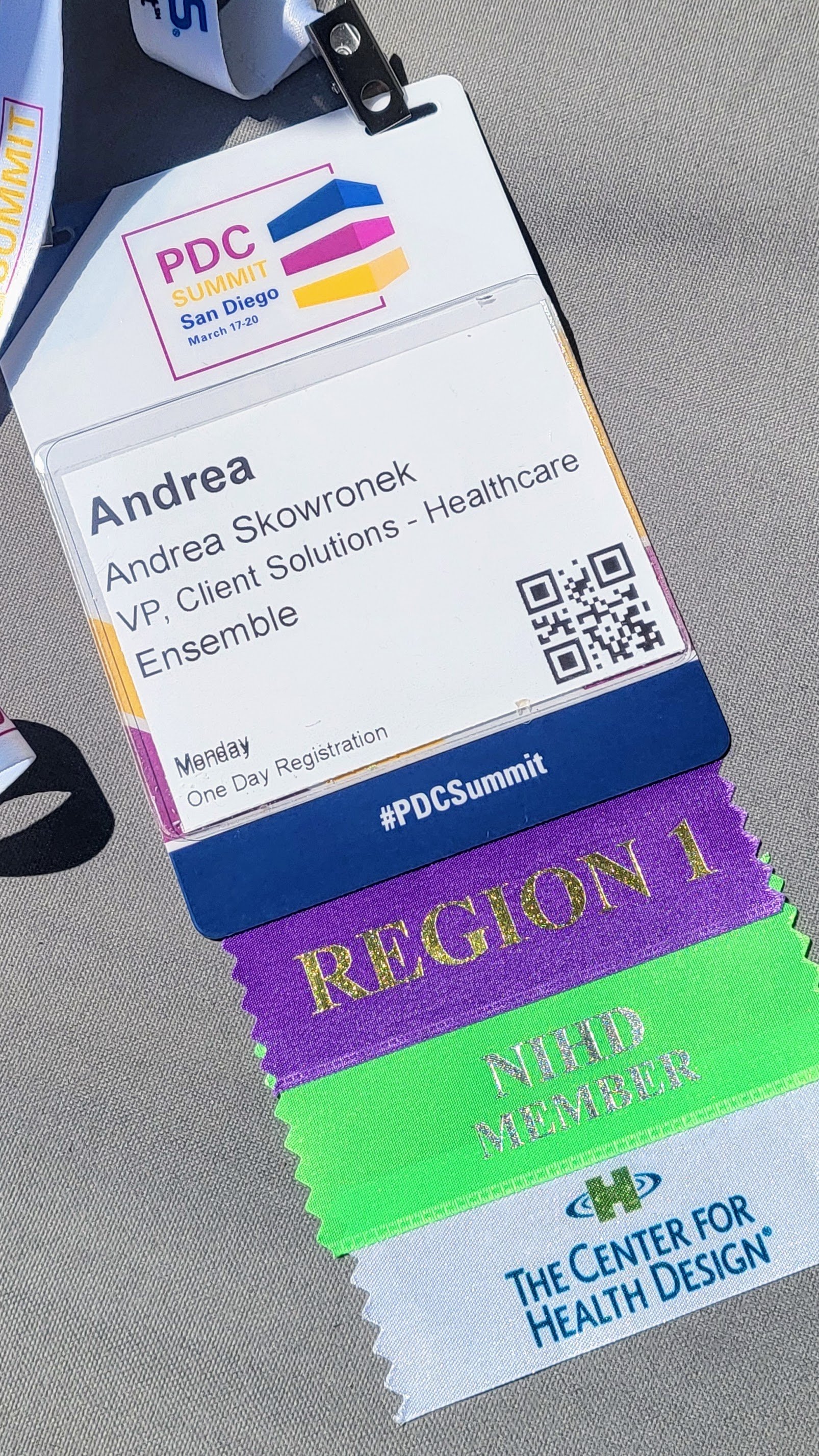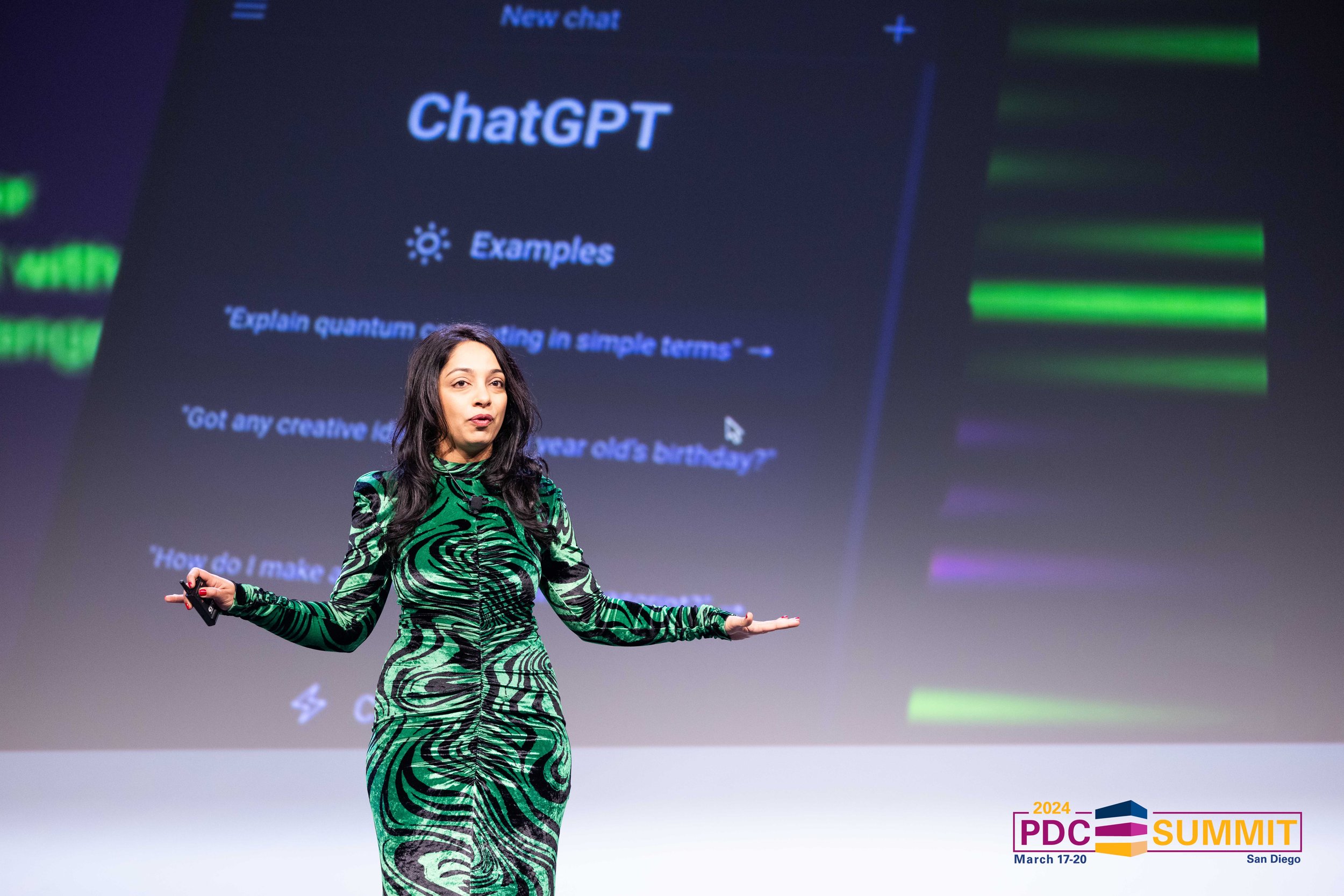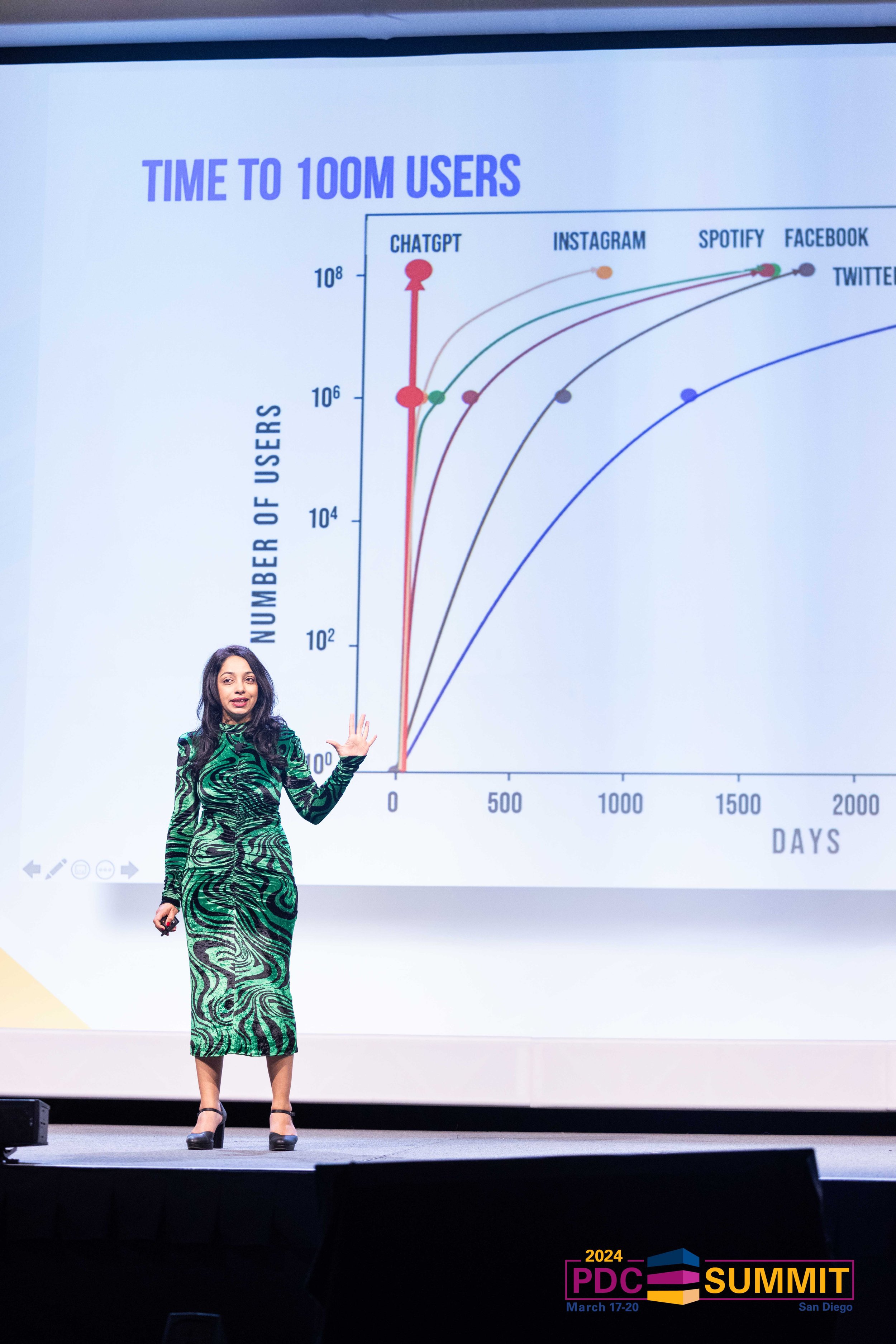Blog Contribution by NIHD Member Andrea Skowronek, RD, MPH, CAPM.
Last month, I had the incredible opportunity to attend my first ASHE PDC Summit in sunny San Diego. The Summit cooked up a melting pot of ideas, advice, and insights that were simply too much to absorb in a few days. The Nursing Institute for Healthcare Design (NIHD) brought their A-game, hosting 15 sessions covering case studies, codes, and even PDC “hacks.”
Summit sessions were a buffet of practical, actionable advice, exactly what you’d expect from a gathering of top-tier engineers, architects, designers, construction professionals, hospital administrators, and clinicians.
Here’s a snapshot of the insights I gathered:
AI is exciting, albeit creepy, useful, tricky, and undeniably cool.
AI is fascinating... and a bit daunting. It was the subject of two of the three keynote discussions, painting a picture of its huge potential and the delicate balance needed to integrate it wisely into healthcare. We're talking about using AI to push healthcare forward without losing the irreplaceable human touch. Getting this balance right is crucial for tapping AI's benefits smartly and ethically.
“Mega projects” aren’t just regular projects that have been super-sized.
The session "Guidelines to Managing Healthcare’s Mega Projects" delivered an honest look at the outcomes of large-scale healthcare construction projects: they either meet their budget and timeline goals or fail dramatically. This bimodal distribution of results highlights the inherent fragility of mega projects. Successfully navigating these projects hinges on robust, proactive planning—known as 'front-end loading'—and rigorous risk management from the get-go.
Photo provided by ASHE (Photographer: Noel Photos).
Codes and regs are ever-changing, so use your resources!
The "Navigating the Labyrinth of Health Care Codes" session delivered some real talk on how to keep projects compliant and safe. Knowing the major players in the regulatory field and key regulations (cheat sheet below) can make all the difference, as well as critical distinctions like “new” vs. “existing.” By employing a focused approach and staying on top of the game, everyone wins.
Photo provided by ASHE (Photographer: Noel Photos).
Key Regulations:
(as presented by Leah Hummel, Senior Associate Director, ASHE Regulatory Affairs)
▪ NFPA 101
▪ NFPA 99
▪ Adopted Model Codes and referenced standards
▪ ICC (IBC, IEBC, IMC, IFC)
▪ NFPA (10, 13, 70, 72)
▪ FGI Guidelines or State Health Code/Rules
▪ ADA Standards for Accessible Design/A117.1
▪ Conditions of Participation (CoP)
▪ TJC Environment of Care (EoC)









